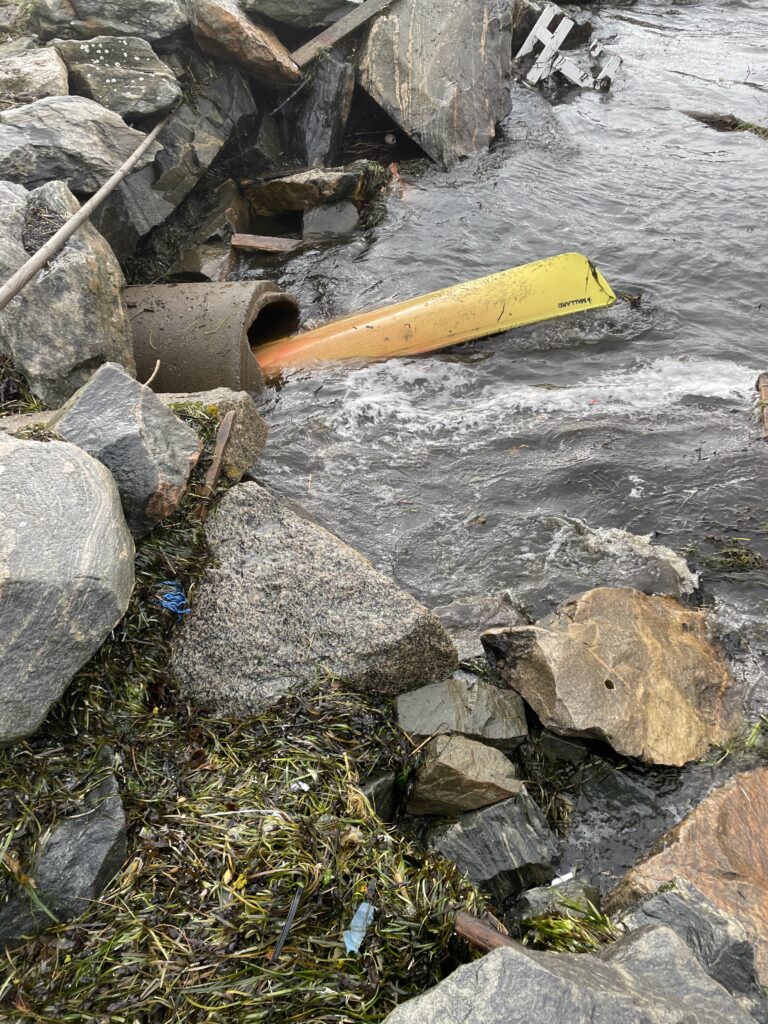
Our innovative technique for event-driven sampling in chemical and biological surveillance and determining environmental impact represents a solution for pulsed emissions and spread of substances/organisms instead of continous emissions which todays measurements presume. Fast mobile solutions for determination of environmental impacts caused by climate change, for example sudden emissions/overflow of process water, is lacking completely.
Our robotized surveillance systems enables you to safely judge an environmental impact and fix it before the environment or humans are harmed. That such systems have not been developed before depends on sensor developers stubbornly seek selective sensors for use directly in the environment, which is not functioning in actual practice.
A self-evident solution is instead to place the sensors in a robotic system, in which you can perform maintenance, compensate for machine drifting and verify the signals via simultanoeus sampling. Then you can also concentrate and purify the substances inside the robot before detection by the sensors, which make the robots selective and super sensitive. The robots can be trigged to take samples to be further analyzed in the laboratory. In principle, all substances and impacts on the environment can be determined over time.
The robotic technique works by sensors that constantly monitor a flow of gas or water in different ways. When a change occurs in the flow, a fluidic system is triggered to prepare the flow for a more correct measurement. For instance, the fluidic system can purify and concentrate the analytes you are interested in. In order for both the fluidic system and sensors that measure constantly to function for a long time, they have to be cleaned and calibrated. Allt these functions are connected in a robotic system to be able to work. A flow system with these functions cuts both cost and time plus that it secures that the signals from the sensors are correct. The flow system must also be prepared for the corresponding event-driven sampling.
The technique enables 1) event-driven sampling 2) verification of sensor signals 3) reprocessing or good signal quality 4) upconcentration 5) maintenance of sensors in the robot 6) remote control via the cloud 7) calculation of true impact from chemicals during emissions 8) storage of substances 9) triangulation to find emission sources.
The robot solution enables the following: 1) localization of emissions in real time and spread patterns 2) correct evaluation of environmental impact over time 3) warning system for health, accident and explosion. The soultions are backed up with robot functions such as maintenance, external calibration, sample preparation with verification good enough to hold in for example environmental law processes.
Robots
Algot – for surveillance of cultivations with microalgae and other microbes
Ebbot – for chemical environmental surveillance
Erdna (under development) – for surveillance of pathogens
Gaston – for surveillance of gas emissions
Lucia (under deveopment) – for surveillance of life (contamination) and invasive species
Rambo (under development) – for surveillance of chemical threats
